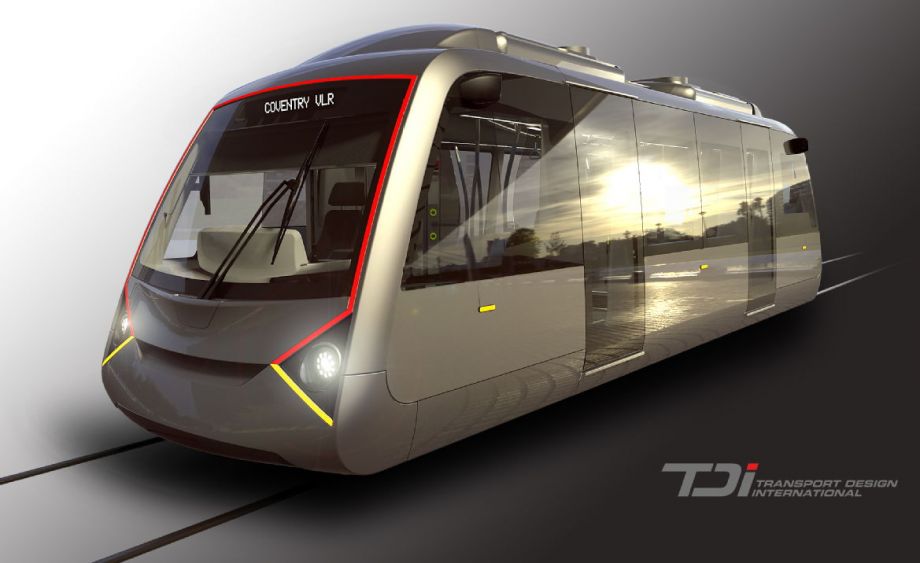The Hub 3/29/19: Clean Air Council’s Weekly Round-Up of Transportation News

“The Hub” is a weekly round-up of transportation-related news in the Philadelphia area and beyond. Check back weekly to keep up to date on the issues Clean Air Council’s transportation staff finds important.
City Lab: Why New York Might Finally Pass Congestion Pricing – State legislators are expected to vote to allow New York City to implement a congestion pricing scheme. After a long political battle, it seems New York City could become that first in the US to levy a congestion charge on drivers. London, Stockholm, and Singapore have seen significant traffic reductions since adopting similar policies.
Mobility Lab: Transit boards should represent their biggest investors: riders – The board of directors of any organization must answer to stakeholders, and no one has a higher stake in transit than those that use it daily. Often, the board of transit agencies are comprised of wealthy non-riders. Boardrooms have a connotation of elitism, but the goal is simple, make a transit system that moves people and is financially sustainable.
Smart Cities Dive: Apple to launch contactless transit fare systems in 3 US cities – Portland, OR will be home to the first US pilot of the Apple Pay transit fare payment system, followed shortly by Chicago and New York City. Six major cities around the world have an Apple Pay fare payment option. Apple Pay is a part of a growing trend of mobile wallets and payment systems.
Next City: Here’s a New Design for a ‘Very’ Light Rail Vehicle – The University of Warwick in England is working to design a small capacity light rail vehicle, as well as a new kind of track. The vehicle will be battery operated and have a 50 passenger capacity. The University is designing the system to be transitioned to be autonomous eventually. Once developed, backers of the project hope to build a line from Warwick to Coventry.
Streetsblog: Study: Good Bike and Ped Infrastructure Actually Makes Neighbors Healthier – A study published in the Journal of Preventive Medicine found that people are more likely to walk and bike if there is safe infrastructure where they live. Having access to safe routes for active transportation increases physical activity levels, health, and general well-being.

